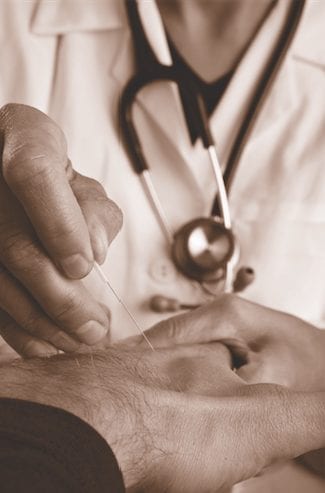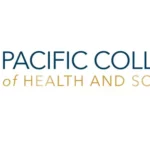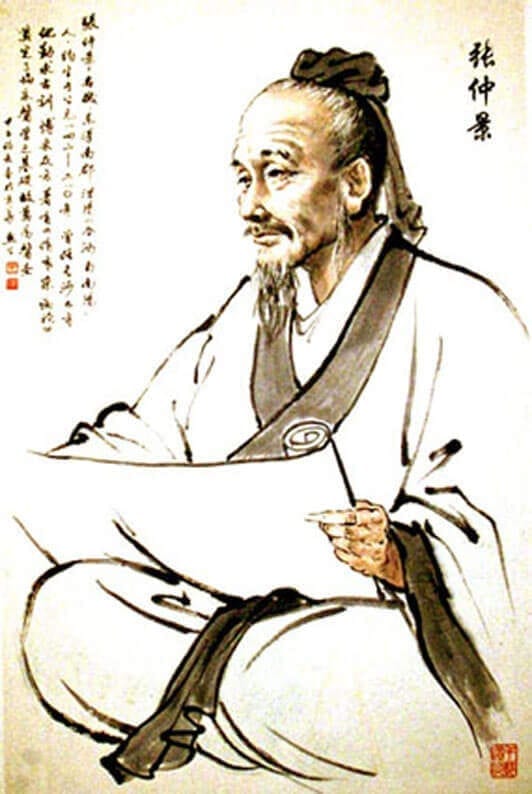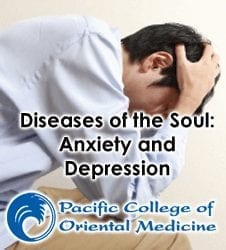Lucky Foods to Ensure a Good Year
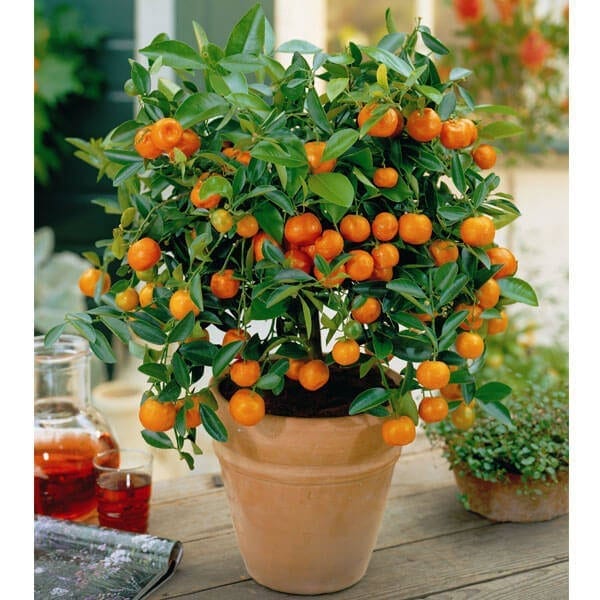
The Chinese New Year is an opportunity to honor family and friends and enjoy some of China’s traditions. Lucky colors for the year are brown, red, and purple, and lucky numbers are two and seven. Some foods are considered lucky because of the similarity of their names to other words in the language, such as the fact that the Chinese word for “orange”, 橙 chéng, sounds like the world for gold, 金 jīn, or that the word for “tangerine”, 柑橘 gānjú, sounds like the word for “luck”, 运气 yùnqì. The bright orange color of the fruits also represents the metallic sheen of gold. Find out what other lucky foods to eat and display to ensure a prosperous and happy new year!
